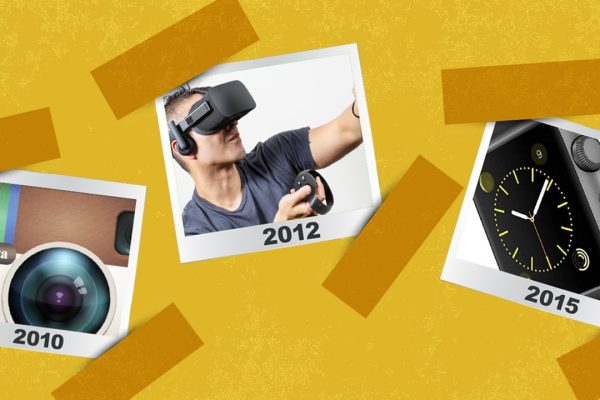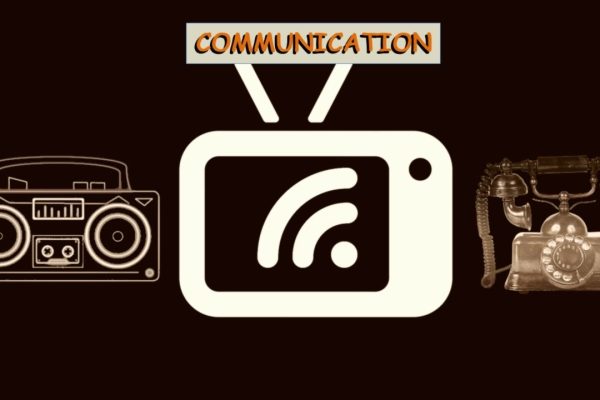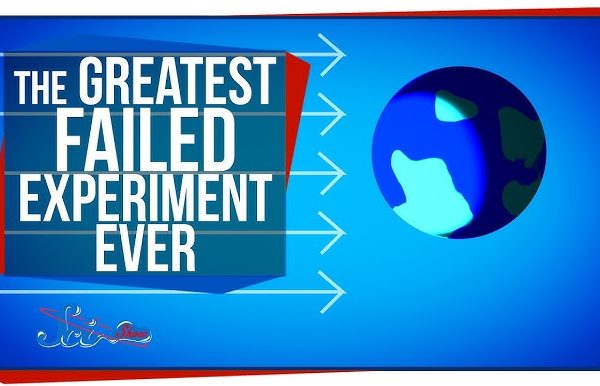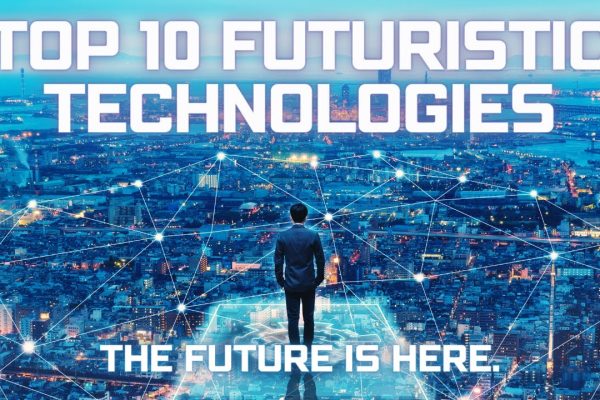
Top 10 Greatest Inventions Inspired by Nature 🌿🔬
Nature has spent billions of years perfecting its designs through evolution—and humans have been taking notes. From flight to medicine, some of our most groundbreaking inventions were inspired by observing plants, animals, and natural phenomena. Here are the 10 most incredible innovations that came from biomimicry—copying nature’s genius to solve human problems. 1. Velcro (1941) 🌿👟 Why It’s…





